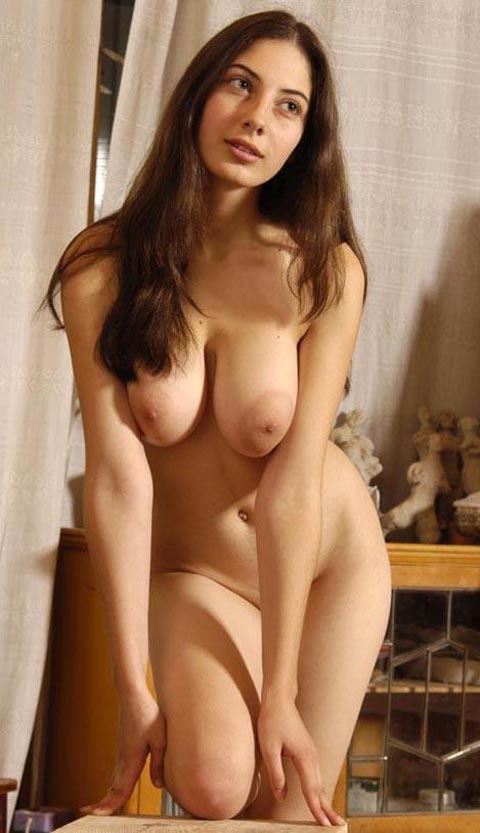You had me at the opening credits.
Like people, some movies seem a bit ordinary and uninteresting when you first meet them. But as you get to know the film you find it to be quite interesting, perhaps even compelling. Some films seem dazzling, fascinating at first look. But it's all a false come on. They offer no substance. They shot their creative wad in the opening minutes.
Many of my favorite movies take their time developing. They need to set the stage. They build slowly. Novels can be the same way. These are your "once upon a time" beginnings. But other films grab us from the beginning and never let us go. More importantly they set the tone for the movie. Our senses are prepared for what is to come. A visual style is established, perhaps even an auditory one. We are hooked from the first moments and can't wait for more. Even if we've seen the film many times before. These openings are different than anything we've seen before. They may be exciting, but they are certainly unique. Seeing an inspired opening suggests more to come. Here is part one of a look at some my favorite beginnings to films, with parts two and three to follow in the coming weeks.
Apocalypse Now (1979) . My absolute favorite start to a film. (See above.) Black screen. The whir of helicopter blades. Jungle. Then a helicopter passes by. Light smoke slowly wafts up from below screen then disappears. Gradually a song begins. "The End" by The Doors. More smoke, a bit thicker now. We hear the helicopter again and then it passes again but only the bottom of it is visible. Suddenly the entire jungle goes up in flames as Jim Morrison sings the words, "this is the end, beautiful friend...." The jungle seems to have burned quite quickly. The helicopter makes another pass. Now a head, upside down is super imposed on the screen. Gradually the jungle fades and the whirring of the helicopter is now the sound of an overhead fan. The inferno continues as does the helicopter. Now the main backdrop to the scene is the man in a room with flames superimposed over his head and the helicopter still making passes. Once more the jungle but it gradually fades as the camera focuses on a drink glass with an amber liquor in it. Then a gun. Then the man, who looks up to the fan which sounds exactly like a helicopter.
The mood, ladies and gentlemen, has been set. It's a hell of an opening to live up to, but Francis Ford Coppola's film does exactly that. We have been immediately engaged, intrigued and prepared for the long strange trip this film is.
Manhattan (1979). This is Woody Allen at his best. His uses of narration, music and establishing shots. Gorgeous black and white shots of the New York skyline street scenes and other sights, Gershwin's "Rhapsody in Blue" and Allen himself dictating the beginning of a novel. We see New York in various states at various times of the year. We hear Allen's character try different openings all suggesting very different prose to come, critiquing himself as he goes. When the narration stops, the song's crescendo builds and the percussion explodes we see fireworks over the New York skyline.
Beautiful. The story will mix Allen's trademark humor into a romantic and interesting story.
Goodfellas (1990). The opening credits start. On a black screen, the words, in white, come from the left stop and zip off to the right. The words move to the sound of a car passing by. We see the words, "This film is based on a true story." Then we see a luxury car driving down the freeway in the dark of night. Black screen and the words, "New York , 1970." Back to the car this time the inside where there are three men. One asleep. The driver quite tired. They hear a noise from the trunk and pull over to investigate. The trunk is opened to reveal a man wrapped in white, only his bloodied head visible. He's alive. One man approaches with large knife, cursing he begins stabbing the body. He pulls away and another man fires several shots into the body. The third man, who was the driver, looking more resigned than shocked, closes the trunk. In voice over we hear him say, "as far back as I can remember I always wanted to be a gangster." As the trunk closes the we freeze frame on his face and hear Tony Bennett sing, "Rags to Riches." Then the credits are back. The movie's title in red.
I'm in. And I think I have an idea for what I'm in for to boot.
The Letter (1940). The opening credits are superimposed over a plantation jungle at night. The opening score is dramatic, suggesting a suspenseful story to come. The first shot after the credits finish is of a full moon. Then a sign tells us this is a rubber plantation. Next we see a white substance lazily dripping from a tree into a bucket. The camera pans to an open air hut where natives are lazing about. One plays what appears to a flute, others play a board game while still more lay in hammocks. It's all quite tranquil. Until the camera pans further and we see in the background the big house. Then we hear gun shots. People outside start to stir. Next a man comes out of the house falling down the steps. He is being shot. We then see the shooter. A woman. She continues, while standing quite erect, to fire until out of bullets. Then she slowly lowers the gun to her side, finally dropping it. The camera slowly moves closer to her until her face is almost full frame. It is an expressionless face. She's attractive, probably in her 30's. Next we see the commotion among the natives. One, however looks up. He sees clouds pass over the moon, rendering the scene that was brightly lit, very dark. The camera is back on the woman. The cloud passes and she's in the light of the moon again. She looks up at it over her shoulder as if surprised. We see the moon. Her looking at it, then she turns her attention to the prone body. But she quickly sidles away from it and back up the steps.
Wow. That the woman in question is played by Bette Davis only adds to the effect of the scene. We are full of questions. The film will slowly reveal all and we'll see that moon again at the end.
(Part two next week.)




.jpg)






No comments:
Post a Comment